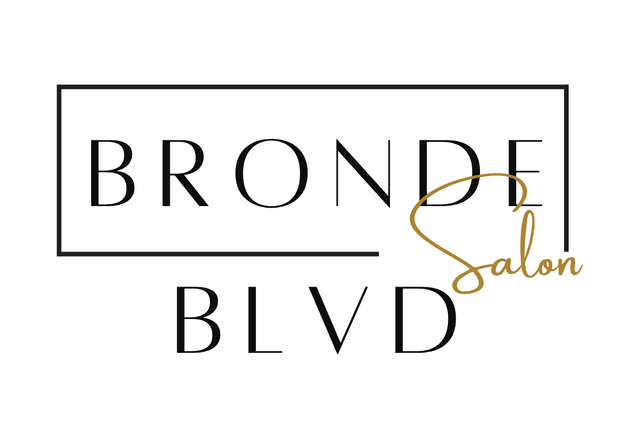DIY Balayage: A Step-by-Step Guide

Introduction
Balayage, a French word meaning “to sweep” or “to paint”, has taken the hair coloring world by storm. It’s a freehand technique where the color is applied by hand rather than using traditional foiling or cap highlighting techniques. The main advantage of DIY Balayage is that it allows for a sun-kissed, natural-looking hair color with softer, less noticeable regrowth lines. But before you dive in, it’s important to note that DIY hair coloring can be risky. If not done correctly, it could lead to damaged hair or an undesirable outcome. However, with the right tools and guidance, you can achieve a salon-quality balayage at home.
Tools and Materials Needed for DIY Balayage
For a successful DIY Balayage, you’ll need some essential tools and materials. These include a balayage board and brush for applying the dye, a mixing bowl for your bleach and developer, gloves to protect your hands, an old towel or shirt to avoid staining your clothes, and of course, the hair color or bleach. Each tool plays a vital role in achieving the desired result. For example, the balayage board provides a flat surface to paint the color onto your hair while the brush ensures even application. When choosing products, opt for professional-grade ones to ensure quality results.

Preparing for the Process
Before you begin, make sure your hair is ready for the process. Experts recommend not washing your hair a day or two before dyeing as natural oils can protect your scalp from irritation. To protect your skin and clothing, consider applying petroleum jelly around your hairline and wearing an old shirt. As for when and where to do the process, choose a well-lit room and make sure you have enough time to carry out each step without rushing.
Choosing the Right Color
When choosing the right color for your balayage, it’s important to consider not only your natural hair color but also your desired end result. If you’re aiming for a subtle and natural look, opting for a shade that is two to three shades lighter than your base color is a safe bet. This will create soft and seamless highlights that blend beautifully with your existing hair.
Once you’ve selected the perfect shade, the next step is mixing it with a developer. The ratio of hair dye to developer can vary depending on the brand and formulation, so be sure to carefully read and follow the instructions provided by the manufacturer. Following these guidelines will ensure that you achieve optimal results and avoid any potential mishaps during the coloring process.
The Balayage Process
Now, for the exciting part – applying the balayage! Start by sectioning your hair into manageable parts. Then, take a small section of hair, place it on the balayage board and begin painting the dye onto your hair using the brush. Start from the mid-lengths and work your way down to the ends of your hair, making sure to feather the dye at the top to create a seamless transition. Repeat this process throughout your hair. For best results, aim for a less-is-more approach as you can always add more color if needed.

Aftercare Tips
After rinsing out the dye and styling your hair, the work doesn’t end there. To maintain the health and vibrancy of your balayage, it’s important to use color-safe shampoos and conditioners that are specifically formulated for colored hair. These products will help preserve the richness of your balayage while also nourishing and protecting your strands. Additionally, consider incorporating a deep-conditioning treatment into your weekly hair care routine to keep your locs moisturized and healthy. This extra step can help prevent dryness, breakage, and dullness, ensuring that your balayage continues to look stunning for weeks to come.
Troubleshooting Common Issues
Despite careful planning and execution, you may encounter some issues along the way. If your balayage turns out too brassy or warm, a purple shampoo can help neutralize these tones. If you’re unhappy with how light or dark it is, unfortunately, your best bet is to consult a professional to avoid further damage to your hair.
Conclusion
DIY Balayage might seem intimidating at first but with patience, practice, and our step-by-step guide, you can achieve salon-quality results at home. Remember, it’s okay if your first attempt isn’t perfect. What’s important is that you learn from the experience and continue to improve. With each application, you’ll gain more confidence and skill in creating beautiful balayage highlights that suit your unique style and personality. So don’t be afraid to experiment and have fun with your hair coloring journey!
If this process is too intimidating, remember that we would love to take care of your hair at Bronde Blvd Salon, and you can book your appointment at this link.
